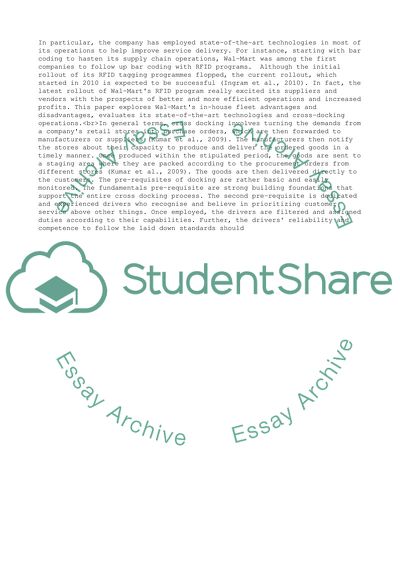Cite this document
(INTERNATIONAL LOGISTICS AND SUPPLY CHAIN MANAGEMENT Assignment, n.d.)
INTERNATIONAL LOGISTICS AND SUPPLY CHAIN MANAGEMENT Assignment. https://studentshare.org/management/1780330-international-logistics-and-supply-chain-management
INTERNATIONAL LOGISTICS AND SUPPLY CHAIN MANAGEMENT Assignment. https://studentshare.org/management/1780330-international-logistics-and-supply-chain-management
(INTERNATIONAL LOGISTICS AND SUPPLY CHAIN MANAGEMENT Assignment)
INTERNATIONAL LOGISTICS AND SUPPLY CHAIN MANAGEMENT Assignment. https://studentshare.org/management/1780330-international-logistics-and-supply-chain-management.
INTERNATIONAL LOGISTICS AND SUPPLY CHAIN MANAGEMENT Assignment. https://studentshare.org/management/1780330-international-logistics-and-supply-chain-management.
“INTERNATIONAL LOGISTICS AND SUPPLY CHAIN MANAGEMENT Assignment”. https://studentshare.org/management/1780330-international-logistics-and-supply-chain-management.


